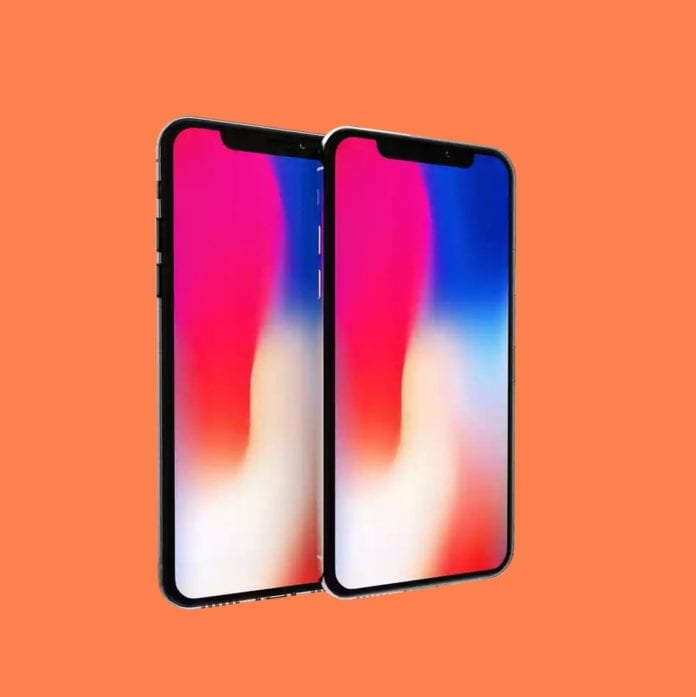The lack of an Apple iPhone that is 5G-capable has held back 5G adoption in the U.S. — but as Apple and Google join the 5G fray this fall, more users could get a jolt to their speeds, according to new analysis from OpenSignal. Apple is reportedly expected to launch a 5G iPhone in October.
“The first 5G iPhones will reignite the race to 5G because iPhone shipments consistently represent almost half of total smartphone shipments in the U.S.,” Ian Fogg wrote for OpenSignal in a new blog post. “Lack of 5G iPhone models has held back U.S. 5G adoption.”
“The lift which 5G brings highlights the importance of the upcoming 5G iPhone launch to Americans and to U.S. carriers,” Fogg said. Essentially, because almost half of Americans use the iPhone and older iPhone users (who still have models from between 2013-2016) are a top upgrade target, the debut of an Apple 5G device could significantly change U.S. 5G penetration and shift a large number of users into a far faster mobile user experience. “If Apple’s 5G launch follows the trend of existing 5G smartphone handset brands, with a speed increase of 5G of 1.6 – 1.9 times faster than 4G, then 2020’s 5G iPhone owners will see a bigger generational leap in mobile network experience than the iPhone has had for at least eight years when 2012’s iPhone 5 marked the jump from 3G to 4G,” Fogg wrote.
Currently, according to OpenSignal’s analysis, U.S. users who have OnePlus handsets have the fastest average 5G download speeds (56 Mbps) ahead of LG and Samsung handsets users. But that’s taken as a whole when looking at their entire 5G model lineup — the specific 5G fastest model in the U.S., according to OpenSignal, is the Samsung’s Galaxy Note 20, with an average download speed of 51.6 Mbps. Both carrier and smartphone design also factor into the speed experience, however, and different 4G iPhone models perform differently on the three national networks. That will probably also hold true for 5G networks, but it remains to be seen just how it will play out.
Read the full analysis from OpenSignal here.

